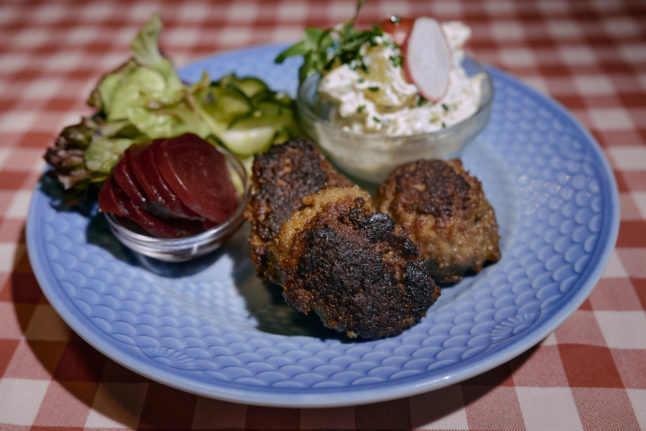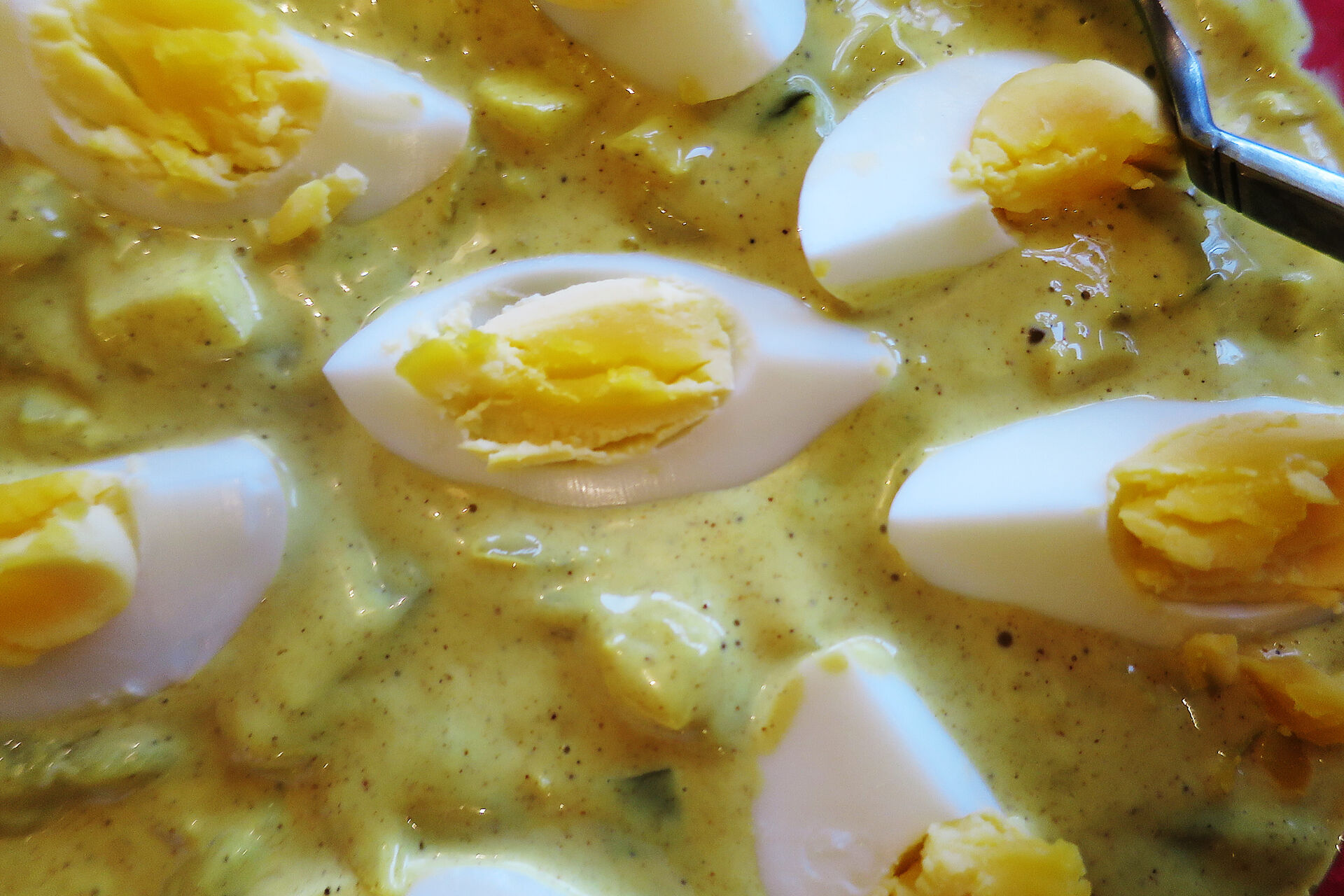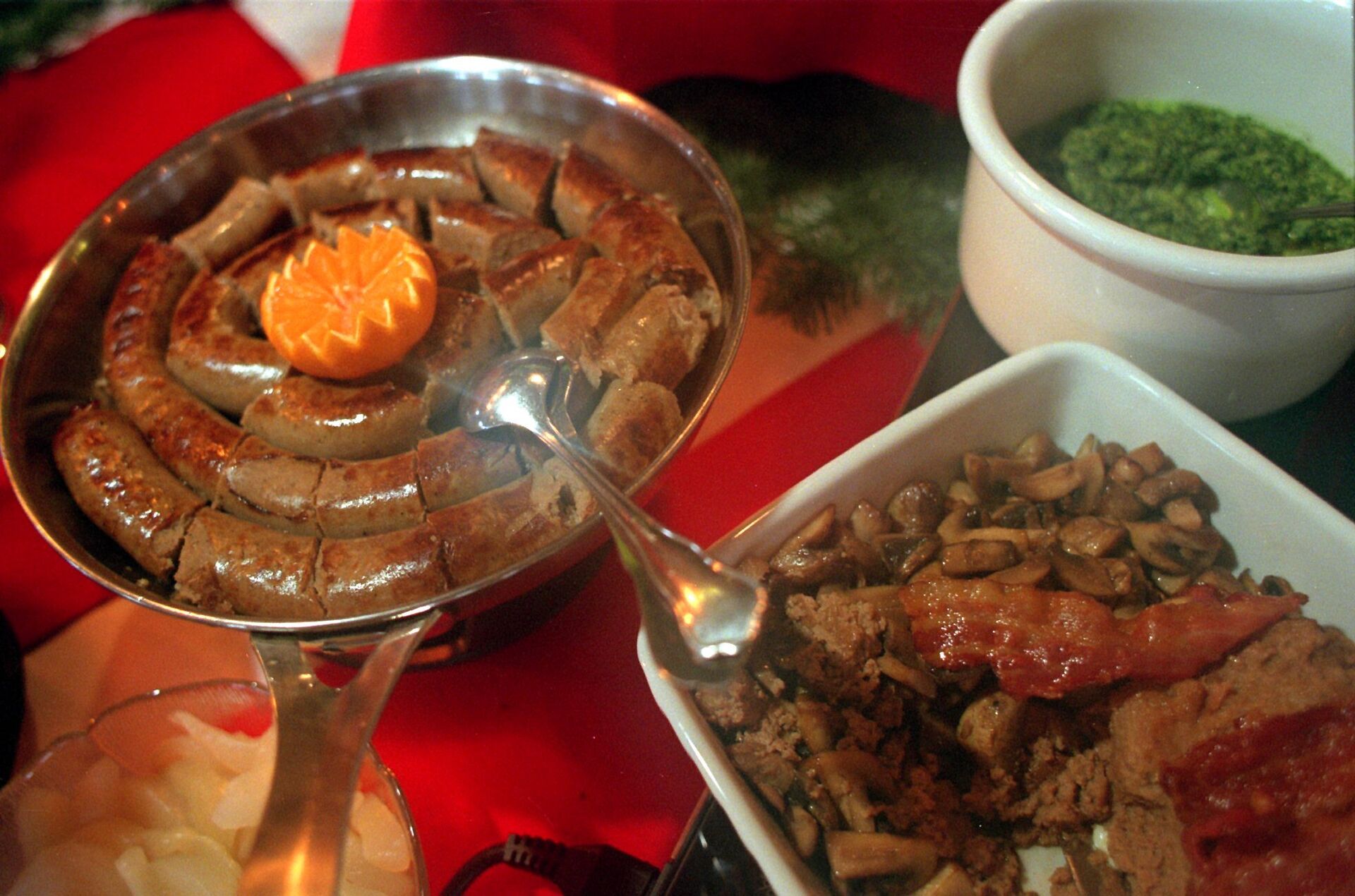The city council leadership will vote on the proposal on Wednesday this week, media including Politiken and TV2 Østjylland report.
The three left wing parties backing the proposal – the Social Liberals, Alternative, and the Red Green Alliance – have a majority with 16 of 31 members on the council, meaning the vegan option is likely to become reality.
Aarhus City Councillor Liv Gro Jensen of the Alternative party said that the measure was an important step in the city reaching of its goal of becoming carbon neutral by 2030.
“Meat plays a major role in climate considerations so we naturally want to make a statement as a municipality by offering our residents plant-based food,” Jensen told Politiken.
All municipality-run institutions, including elderly care homes and daycares for pre-school children, will offer plant-based meals, while meat and dairy products will also still be on the menu.
“This is first and foremost about giving residents a choice that can assist our municipal agenda,” Social Liberal councillor Eva Borchhorst Mejnertz told Politiken, adding that she didn’t think the proposal would “do very much harm”.
But adding vegan food to menus at places like elderly care homes will not be of benefit unless there is demand for it, Danish People’s Party (DF) councillor Jette Skive, an advisor on the health and social care board, said.
“At care homes, residents pay for their own food, and they will have the food they want. If there is demand for plant-based food, then efforts should be made to meet that demand, but at the moment that’s not the case at our care homes,”Skive told Politiken.
Skive also said that she would not support plant-based foods at daycares until there was scientific unanimity over whether it was healthy for children have an exclusively plant-based diet.
“Until science is in agreement, I think we should rein things in and wait before making changes like this,” she said.
READ ALSO: Denmark presents plan to get kids eating healthier food





 Please whitelist us to continue reading.
Please whitelist us to continue reading.